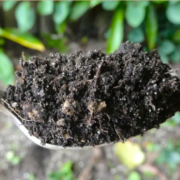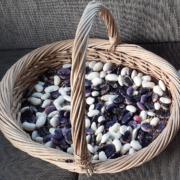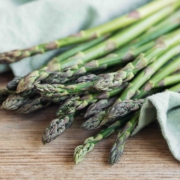Broccoli: A Winter Hero
As the cold settles into our gardens and kitchens, one green vegetable continues to thrive: broccoli. Nutritional therapist Paula Sharp introduces this winter hero, including gardening tips, recipes and nutritional benefits.
We hope you enjoy this free article from OrganicNZ. Join us to access more, exclusive member-only content
This pretty vegetable that looks remarkably like a small shrub has a fascinating history, impressive health credentials and in my opinion a starring role in the winter vegetable patch. Broccoli is more than just a basic side dish; it’s a powerhouse for human health.
From Ancient Rome to Kiwi gardens
Broccoli (Brassica oleracea var. italica) was grown in the Mediterranean over 2000 years ago. It was developed by ancient Romans from wild cabbage, and its name comes from the Italian broccolo, meaning ‘flowering crest of a cabbage’ (broccoli is the plural). Broccoli belongs to the nutrient-rich Brassica family, along with cauliflower, kale, Brussels sprouts and cabbage.
Broccoli made its way through Europe and into our kitchens much later, and today it is a staple in many New Zealand gardens, especially in winter. This cool-season crop doesn’t just survive frosts; it thrives in them.
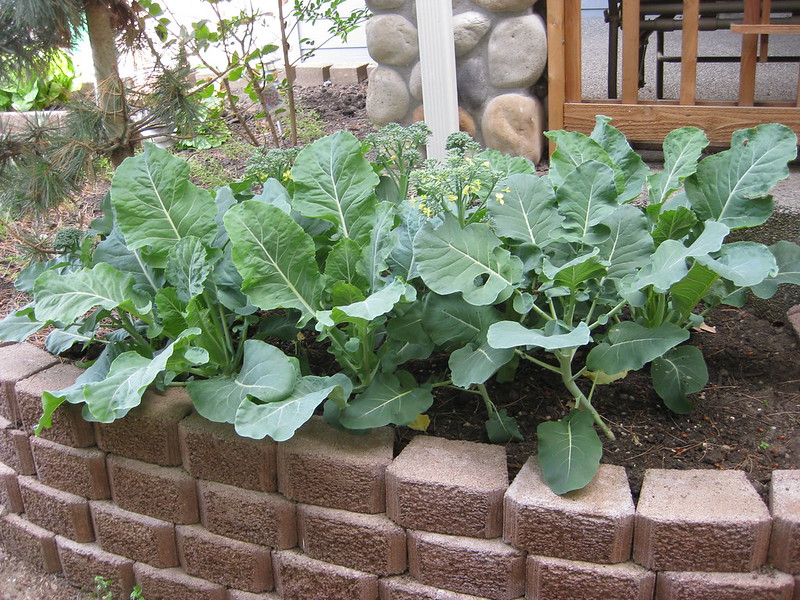
Broccoli plants growing in a raised bed. Photo: Rachael & Zane Ross / Flickr CC BY-NC-SA 2.0
Growing broccoli
Broccoli loves cool, crisp conditions, making it ideal for late autumn and winter planting in New Zealand.
Sow seeds or transplant seedlings from mid-autumn, and you’ll be harvesting heads from June through to September, with August being a prime time in many regions.
You can still sow seeds or transplant seedlings in August or early September. Plug plants will also continue to thrive particularly in cooler areas or a chilly spring.
For best growth:
- Plant in full sun
- Use well-drained, compost-rich soil
- Keep soil moist but not soggy
- Space plants well to allow airflow and strong head formation
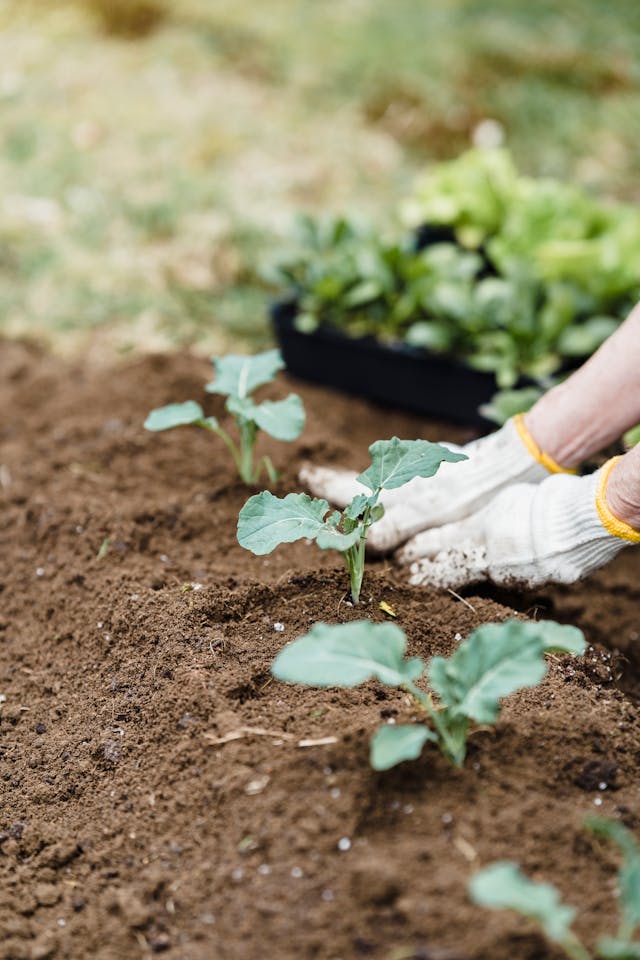
Photo: Gretta Hoffman, Pexels
You’ll know it’s ready to harvest when the central head is tight, deep green, and about the size of a fist. Cut just above the first set of leaves. Many varieties produce smaller side shoots after the main head is removed, giving you bonus crops well into spring.
Broccoli’s nutritional benefits
Broccoli truly earns its superfood status. Packed with vitamin C, fibre and antioxidants, broccoli is a winter immune-booster. Its compounds – sulforaphane, glucosinolates and indole-3-carbinol – help fight inflammation, support hormone balance and protect against cellular damage.
Key nutrients:
- Vitamin C – For immune defence, collagen production, and iron absorption
- Vitamin K – Vital for bone health and blood clotting
- Folate – Essential for DNA repair and cell growth
- Potassium and magnesium – Help regulate blood pressure and muscle function
- Iron – Supports energy and oxygen transport
- Calcium – Supports bone health
Powerful phytochemicals:
- Sulforaphane – A compound linked to reduced inflammation, detoxification, and potential cancer-fighting properties
- Lutein and zeaxanthin – Support healthy vision and protect against eye strain
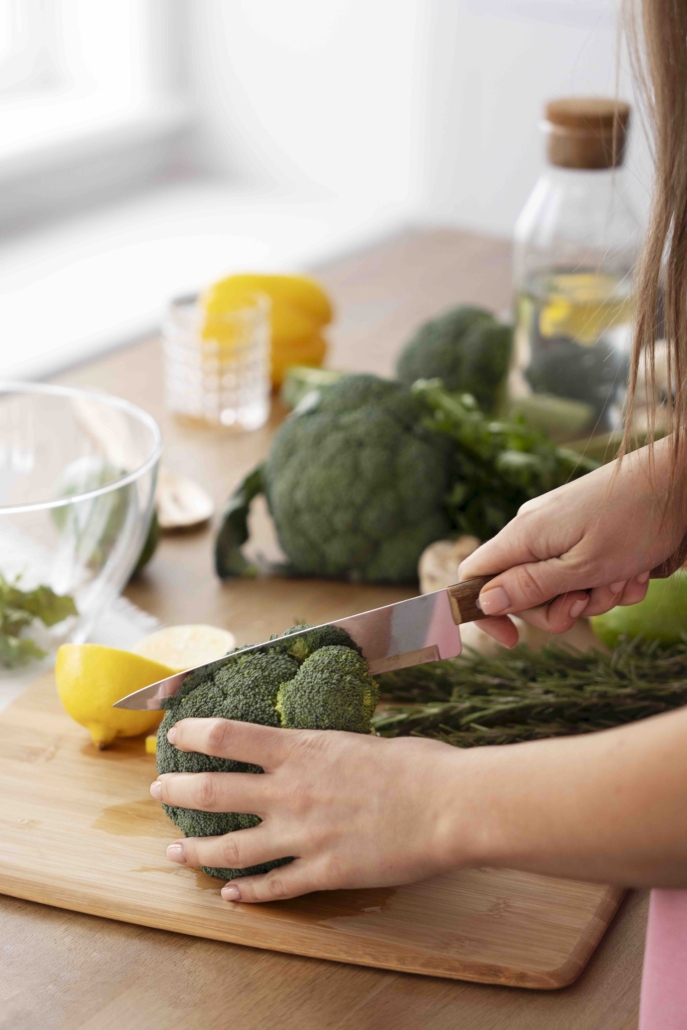
Photo: Freepik
The best ways to eat broccoli
Different cooking methods impact nutrient availability, so it pays to mix things up:
- Light steaming helps preserve sulforaphane and vitamin C
- Roasting enhances flavour but slightly reduces heat-sensitive nutrients like vitamin C
- Raw broccoli (like in slaws or salads) keeps vitamin C levels high but may cause bloating or discomfort for people with sensitive digestive tracts.
- Stalks and leaves are edible too: dice them into soups, stir-fries or make vegetable stock for extra fibre and flavour. I sneak these into bolognaise sauces, meat or vegetarian pies and rice dishes (don’t tell my children).
- NB: Older broccoli stalks or stems can be very fibrous. If so, peel these before dicing and cooking.
Absorption tips
Pair broccoli with a source of healthy fat (like olive oil, avocado, or tahini) to absorb fat-soluble vitamins like Vitamin K. Combine it with vitamin C-rich foods (like lemon juice or capsicum) to boost plant-based iron absorption.
Why eat in season?
Choosing in-season broccoli means you’re getting it at its freshest, most nutritious, and most affordable. It also supports local growers and reduces the environmental impact of long-haul transport. Whether you grow it yourself or pick it up from your local farmers’ market, broccoli in August is a winter win – it just tastes better.
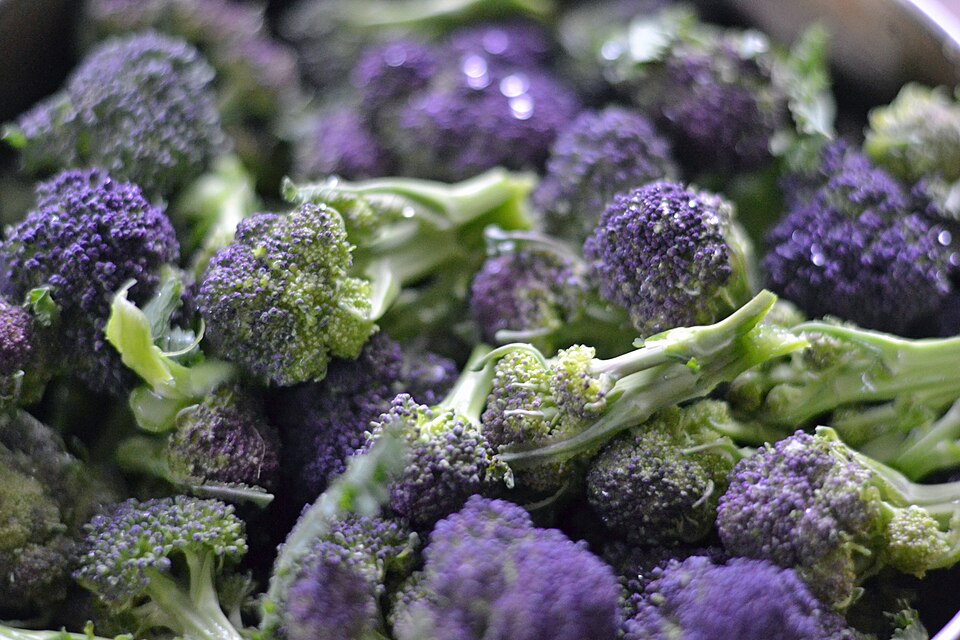
Purple sprouting broccoli – photo: Conall/Flickr
Broccoli recipes
Here are two easy ways to enjoy broccoli while it’s at its peak.
Lemon and garlic broccoli
Serves 4 as a side dish.
- Lightly steam florets from a medium head of broccoli for 4–5 minutes.
- Toss with 2 teaspoons of extra virgin olive oil, 2 cloves of minced garlic, a pinch of flaky sea salt, and a squeeze of fresh lemon juice.
Simple, fresh, and perfect as a side.
Creamy broccoli and pumpkin soup
Serves 4. This makes a beautifully textured soup with the broccoli florets and blended pumpkin.
Ingredients
- 1 onion
- 4 cloves garlic
- 1 large teaspoon olive oil
- 1 medium pumpkin or large butternut squash
- 1 large broccoli head
- 1 litre vegetable stock

Photo: Paula Sharp
Method
- Dice the onion and dice or mince the garlic, then sauté in oil.
- Cut the pumpkin or squash into cubes.
- Chop the broccoli stem (save the florets for later), and simmer with the stock until soft. For a thicker soup, add less liquid.
- Blend until smooth with a stick blender.
- Cut the rest of the broccoli into florets and steam them.
- Add florets to the soup and season well.
- Top with a sprinkle pumpkin seeds and a swirl of Greek yoghurt or coconut cream.

AUTHOR BIO: Paula Sharp is a nutritional therapist working one-to-one via Zoom to support women’s health, restore gut health and digestion, hormonal balance, skin and hair, sleep, shifting weight and health pre- and post-surgery. www.paulasharpnutrition.com
She is also a guest speaker, giving talks to companies on nutrition and mindset. In London she worked in the organic fruit and vegetable industry, and now she is based in Whakatāne, growing her own extensive spray-free garden.
Photo at top of article: Alabama Extension, Wikimedia Commons


